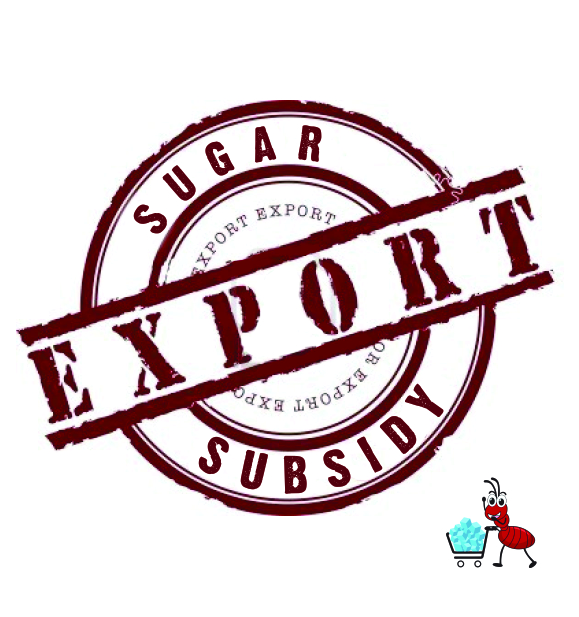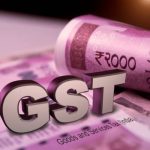During the current Sugar Season with the production estimates continuously being revised upwards, and the prospects of the growing surplus, has caused the Govt., Sugar industry and all the stakeholders in the value chain to apply their minds to resolving the problem of plenty. The bumper production not only resulted in reducing global prices but also weakening of domestic prices. Sugar prices have dropped a whopping 18% since the beginning of the current crop in October 2017.
The Indian Sugar Mills Association (ISMA) in early March had revised its sugar output projection for the 2017-18 season to 29.5 million MT, however, it appears that this figure too will be surpassed, with production having reached 28.2 million MT as of 31 March, with 2.4 million MT being produced in second fortnight of March. ISMA said that 331 out of 523 sugar mills were operational, of which 106 were in Maharashtra and 111 in Uttar Pradesh. They also claimed cane arrears were building, and stood at between Rs.16,000 crores to Rs.17,000 crores as of 31 March.
Going by the latest trends it seems that the total production for the crop 2017-18 will cross 30 million MT.
The market has been facing a huge surplus. Sugar traders have been offering lower prices to reduce inventory. Even mills have reduced their offer prices on expectations of a further increase in their output. Sugar mills have been constantly under pressure to sell their inventory to clear cane dues. Given this scenario prices will remain under pressure throughout the remainder of this year.
In order to alleviate the glut of sugar, the Central government had directed the sugar mills to export up to 2 million MTs of sugar till September 2018 under the Minimum Indicative Export Quota (MIEQ) policy as was done during 2015-16 sugar season in order to channelize some sugar out of the country.
However, not many mills in the country’s largest sugar producing state are enthused about exports. With the Global Prices of sugar at 2 ½ year lows, exports are not viable.
Whereas, the government seems to be in a wait-and-watch mode at least for the time being, under the assumption that prices will automatically firm up with the exports, negating the need for incentives.
Millers have been hoping that the Government announces a subsidy to be paid to the sugar cane farmers as part of the cane price, like it did in 2015-16 sugar season. Coping with low domestic sugar prices and building cane arrears, the millers are waiting for a clear signal from the central government regarding some incentive for export.
The Prime Minister’s office, as reported in in the media, is likely to approve a proposal to pay a subsidy of around 55 Rupees for every MT of cane crushed by the mills directly to the cane farmer, with the mill paying the balance of the sugarcane price as set by the State.
This will be a very interesting move. Industry has been demanding an incentive of Rs. 60/tn of cane crushed and the murmured numbers are very close to the industry’s demand.
So how does this magical number work? Suppose a mill crushes 1000 MTs of cane and let’s assume achieves a recovery of 11%. Thus it will be producing 110 MTs of sugar. Now, govt. as per MIEQ gives this mill a quota of 6% of it’s production as export quota and thus mill is supposed to export 7 MTs of sugar. Now, on achieving this, govt. will pay the cane farmer of the mill Rs. 55 PMT of cane supplied to the Mill. Which means that the Mill has to pay Rs. 55000 less for the cane it has received. This technically means to export 7 MTs, the producer indirectly benefits by Rs. 55000 and therefore for every tonne of sugar exported by a miller he will benefit by Rs. 7857 per tonne.
Now, let’s have a look on the export demand and how above subsidy calculation helps the Indian exporter. Today domestic price in MH which traditionally is the 70% contributor to sugar for export is Rs. 27500/tn. Fobbing expenses including inland transportation and cost of money sums up to Rs. 2400/tn. Thus FOB price at spot Fx rate of 65 becomes $460/tn. London Sugar is Trading at around $345/ FOB Refine sugar 45 Icumsa. Our neighboring country Pakistan Is Offering 100 ic white crystal sugar at $325/tn FOB which is today cheapest in world market and Indian sugar will compete directly with this sugar at world destinations.
As on date, Demand from Overseas Market for Indian Plantation White sugar is $330/ FOB JNPT/Mumbai.
Thus to bridge the gap of the domestic price and world market price, the govt support will come into play. With a help of Rs. 7857/tn or USD 120/tn the domestic prices can bridge the gap to export the surplus to the world market.
Looking at the above calculation it looks that it’s a win-win situation for the Sugar mills to export sugar or to trade their licenses to merchant exporter. But, as we move to a surplus scenario, the biggest question which is to be addressed is how long the industry will continue depending on govt intervention. In the same way, Industry will surely want to know, how long their raw material price (Sugarcane) will be dictated by the govt.
Till the Industry and Govt arrive to a solution where demand and supply is allowed to play the leading part, sugar will continue to taste bitter to all stakeholders during surplus and will remain a headache for Govt. during deficits.













Super
Very good news . Useful messages